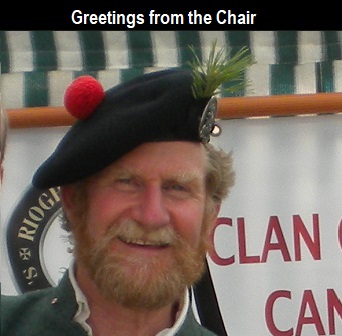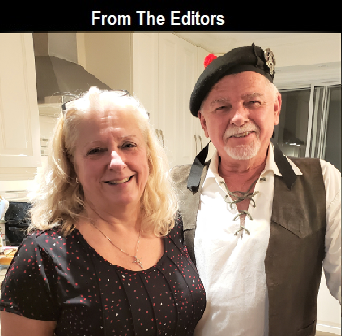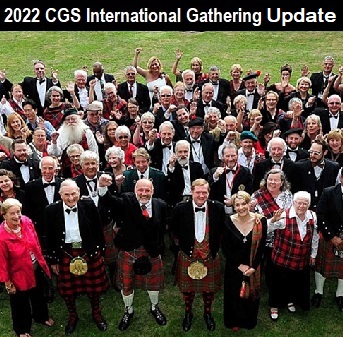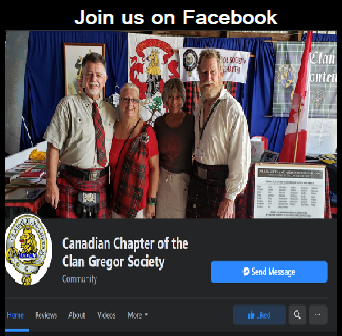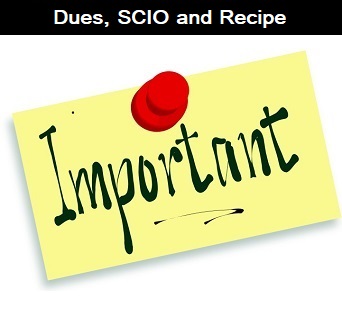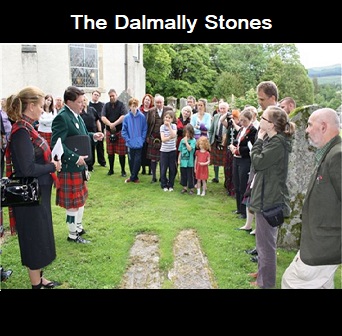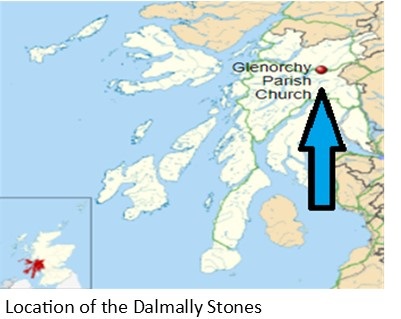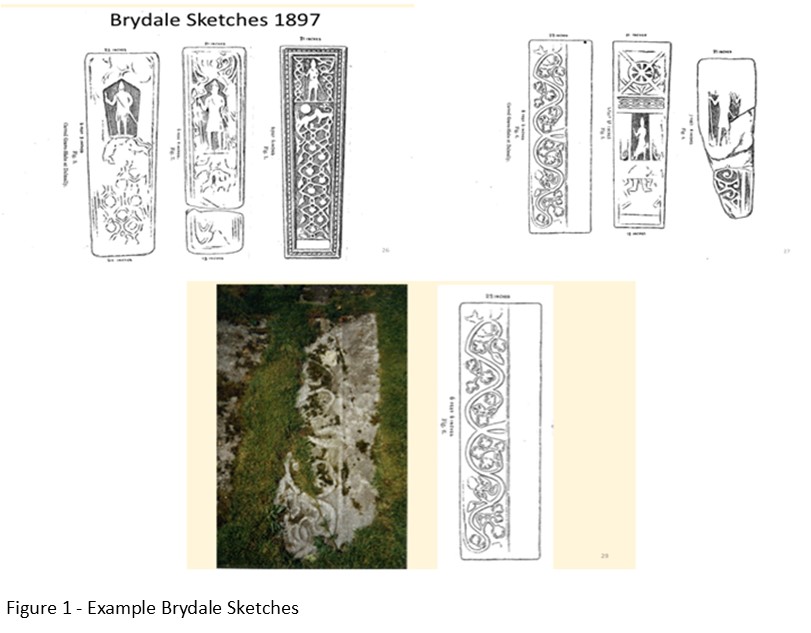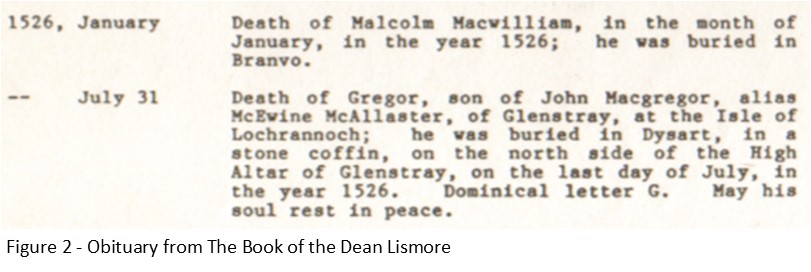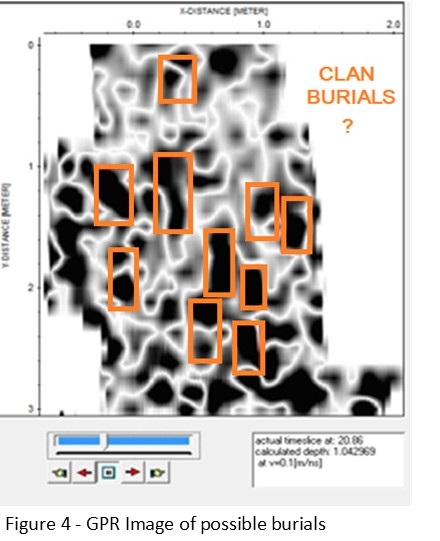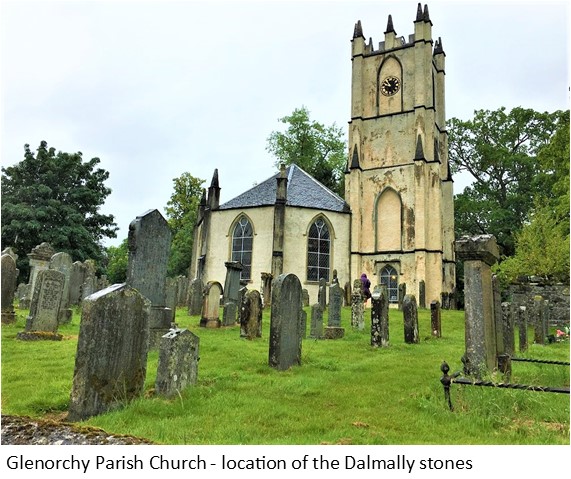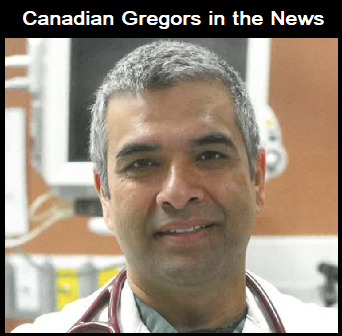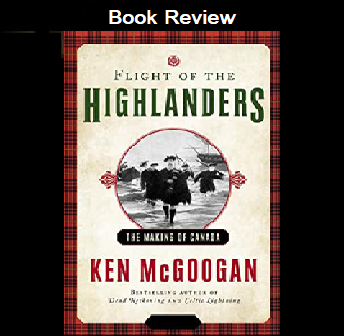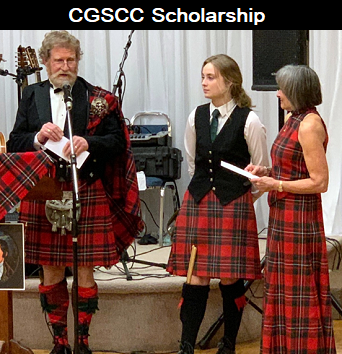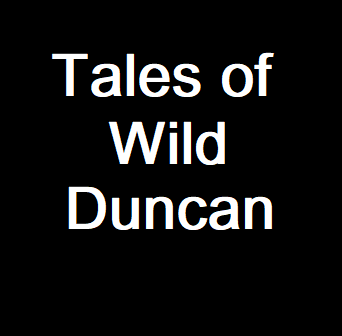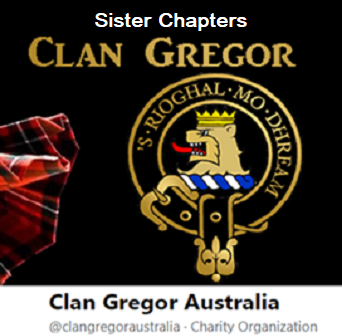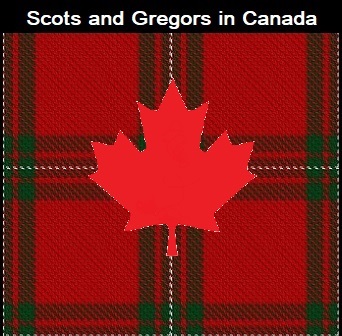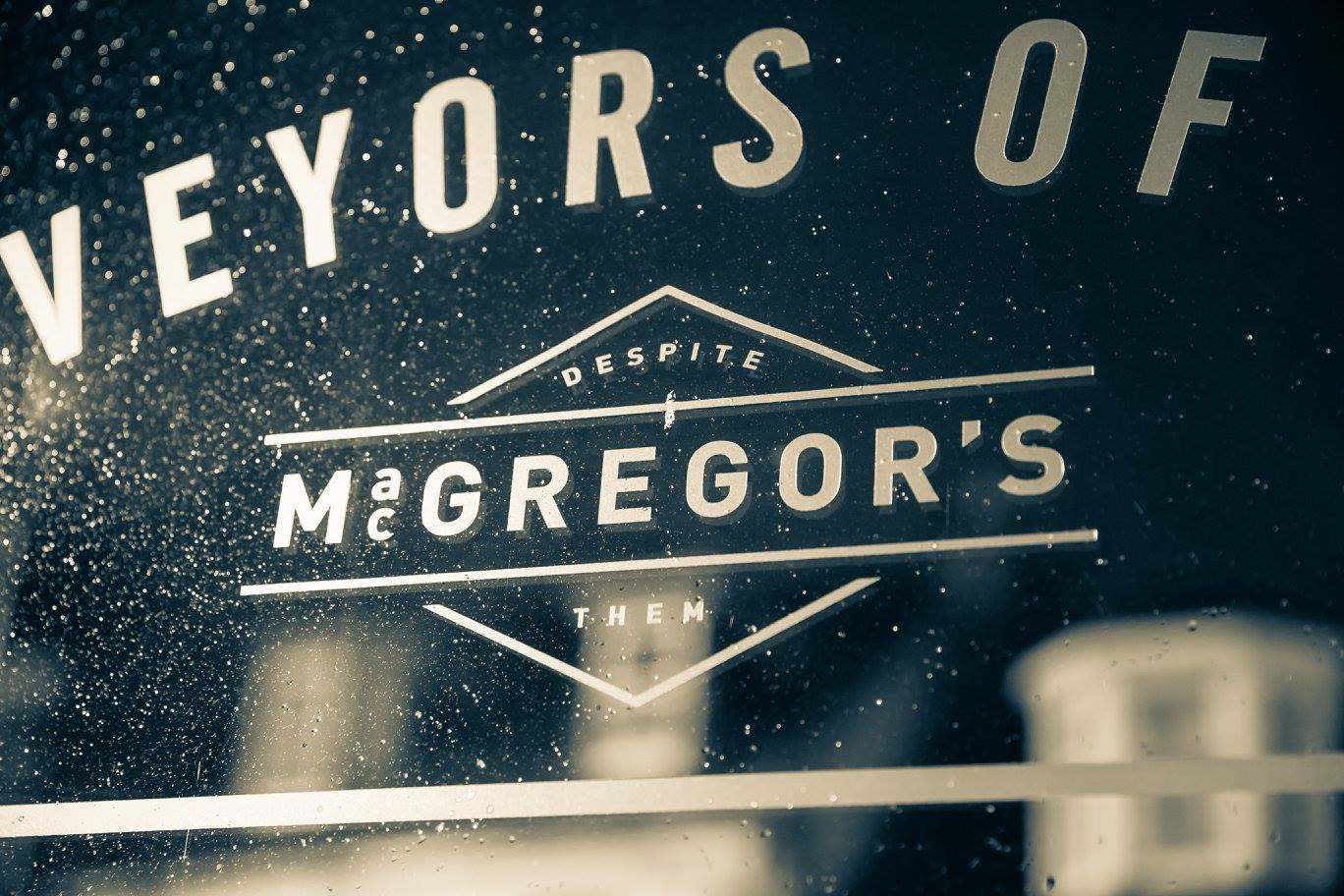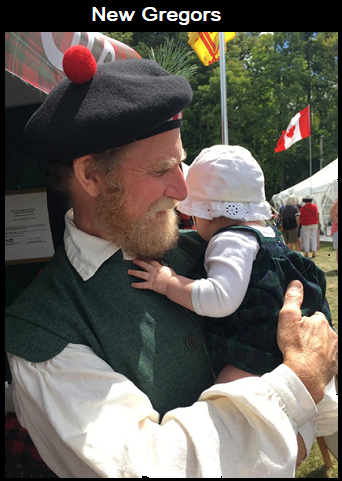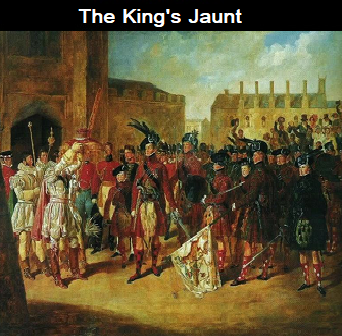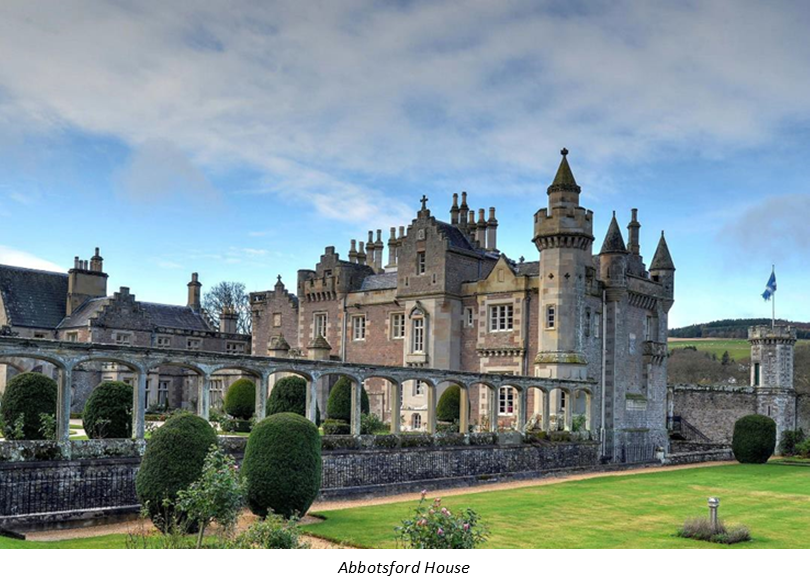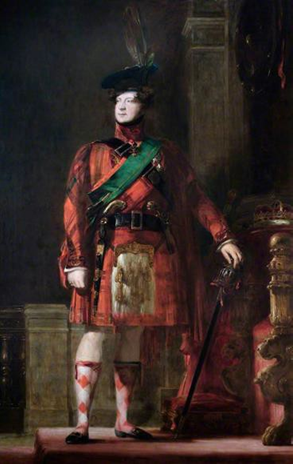Let’s begin by sharing a wee deoch an doris* to 2020.
Just about every person on planet earth had their world turned upside down this past year. Everywhere are constant reminders of trials, changes and uncertainty. It’s been said that the human race learns at the speed of pain. What is particularly challenging is that we have enjoyed a long run of unprecedented prosperity and our resilience has not been tested at this level or intensity for decades. As unsettling and disruptive as this “new normal” is, we are now seeing the fledgling beginnings of adaptation and change on the back side of trying times.
We will get through this and come out the other side wiser and stronger. This cycle is as old as civilization itself. It’s what we humans do; suffer, survive, adapt and thrive. When considering all this I cannot help but think of the Highland Scots, and in particular, the life and death struggles of our Gregor ancestors as they lived through and rose above centuries of terrible tragedies.
This summer I read Flight of the Highlanders: The Making of Canada by author Ken McGoogan. (See book review on page 18) In it I found illustrations of our ability to endure brutal oppression, overcome overwhelming odds and build new lives in changed and often unimaginable circumstances. As punishing as the historical facts are, the book is inspiring and helpful in providing useful insights into the human cycle of suffer, survive, adapt and thrive. There are portable lessons to help us visualize change and inspire positive outcomes arising from massive disruption. These are our ancestors speaking to us through the shrouds of history.
And speaking of ancestors, and in keeping with working through challenges faced by Clan Gregor, I want to share the MacGregor Prayer as it speaks to the faith of the immigrant; faith that a better world awaits. Faith is often described as believing when common sense tells you not to. Faith in a grand sense is simply an unshakeable belief in a positive force constantly leading to a better end. Faith can be found in many places and in many variations. Each year the Clan Gregor Society has a small ceremony at Rob Roy’s grave at the Balquhidder kirk to commemorate not only Rob’s tenacity and legacy, but achievements of the entire Clan. I was going through my Gregor files and found this prayer in the program for the August 31st, 1997 memorial service. The source or author is not shown and it is only noted as traditional. As you read through this, I encourage you to insert creator, higher power, life source, or any other inspiration that resonates.
I share this with you in hopes that you will find in it some of the strength and courage needed to chart your course through the inevitable challenges of the year ahead.
Turning to a quick review of Clan Gregor Canada Chapter activity in 2020, I’m happy to report that we are well and in good shape. We have just gone over the 70 active member mark and are well represented across Canada including a few US members who have roots in Canada. This means that in seven years we have reached out to and attracted an average of 10 new Gregors a year. Imagine 50 years from today!
We started 2020 with an early highlight in the presentation of our Scholarship Award to Jenna Woods at the Rob Roy Pipe Band Burns Dinner in January. Little did we know that this was to be the last of formal Chapter activity of the year. This presentation is covered elsewhere in this issue. I am especially grateful for the work June MacGregor Jain (Chapter Council) and Al McGregor put into the Scholarship selection committee as education remains one of the Society’s top priorities.
As the year unfolded and all of the traditional events on the Scottish calendar were cancelled one by one, Bill Petrie and Sylvie Theriault, Chapter Council and Editors, worked on a project to bring a virtual Highland Game experience to the Scottish community. For many, lock down and social distancing meant they would not experience the touchstones of a live pipe band, dance competition or the taste of meat pies for at least a year. Bill’s work on this virtual project allowed us to experience some of these venues without really being there. He continues to cement our relationship with CASSOC (Clans and Scottish Societies of Canada) and its influence in the larger Scottish diaspora in Canada, as well as working on virtual experience projects and meetings that CASSOC is undertaking.
For my part it has been a busy year for inquiries. In spite of no physical presence at the games where we typically meet seekers, I have answered many questions and sent out a variety of materials and information. My suspicion is that people are more engaged than ever with increased time and resources to invest in genealogical research. In this work I am grateful for assistance from Keith MacGregor, North American Council Rep and Peter Lawrie, Vice Chair. In summary it is a bonny team we have on Council and I could not properly support the work of the Society without their help. Thank you all!
Perhaps the best way to gauge our efforts can be found in our growing list of new members. This year it gives me great pleasure to welcome the following to the Clan Gregor Society and to its Canada Chapter:
- Echlin Greer
- Alex Greer
- Joel Donald McGregor
- Deborah Bedard
- Michael Petrie
- David Petrie
- Andrew Petrie
- Alex Petrie
- Louise Shane
- Kevin Thomas McGregor
I’ll close by wishing you all a safe, prosperous and meaningful transition to 2021. While there is a lot of uncertainty, there’s also ample opportunity. Recall the lessons of the past and embrace the faith of our immigrant forefathers.
Take time this year to celebrate and be grateful for all we hold dear. Reach out to help someone in need.
Thank you for your support and interest in the Society. It is my pleasure to serve you in your search for the history and heritage of Clan Gregor. Along the way we’ll have some fun and raise our glasses in a toast to fellowship.
Yours aye,
Wayne MacGregor Parker
